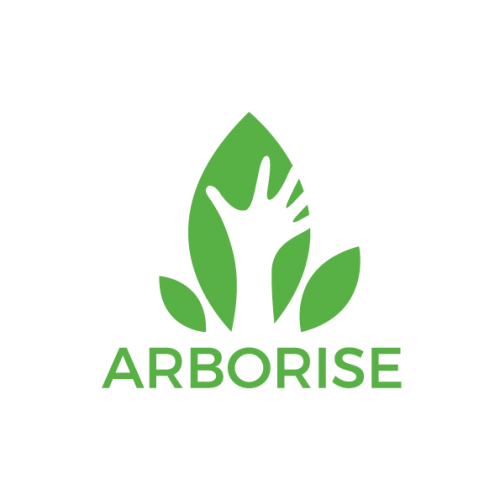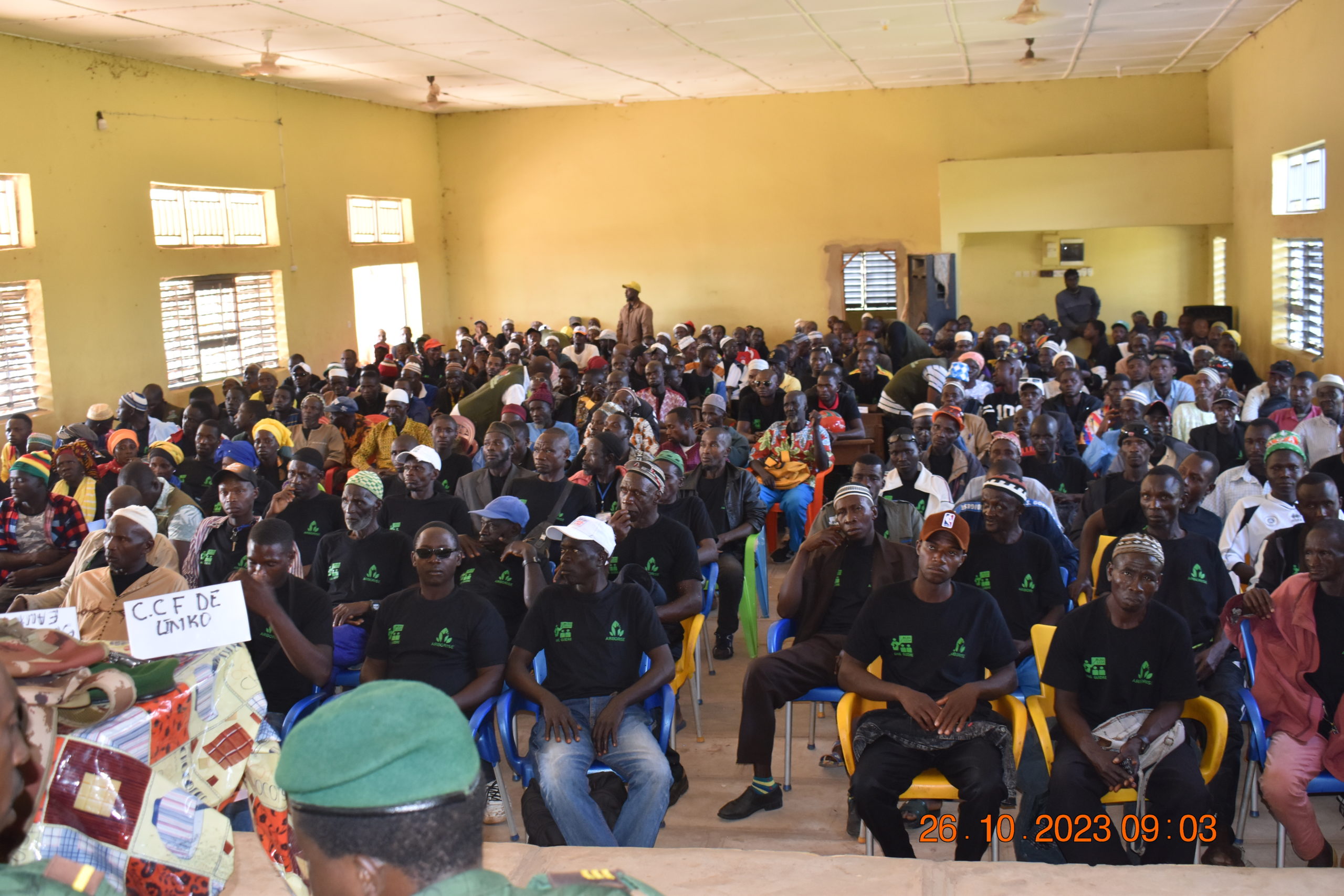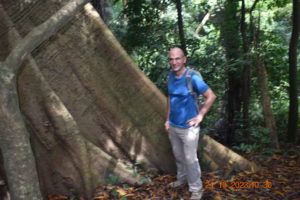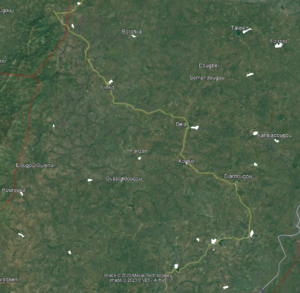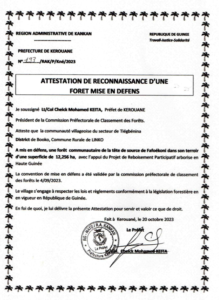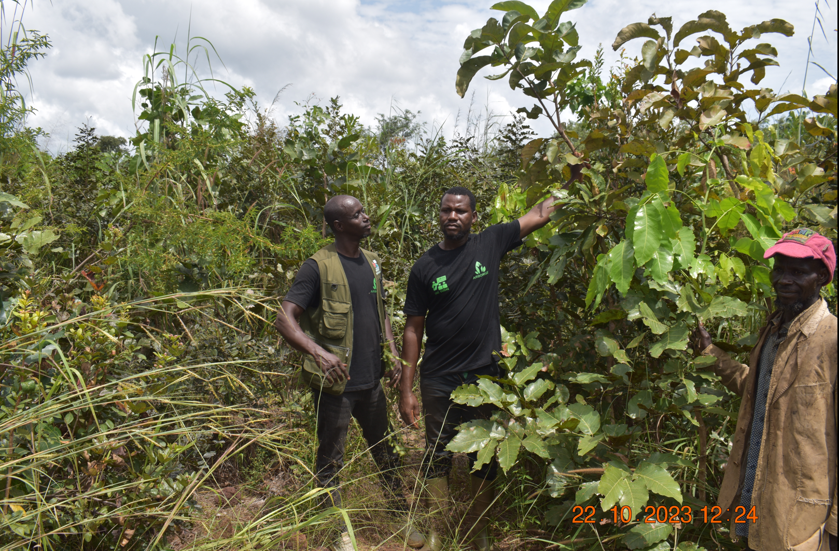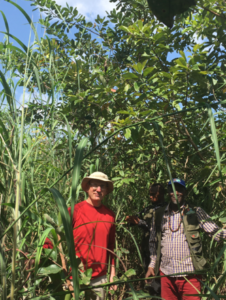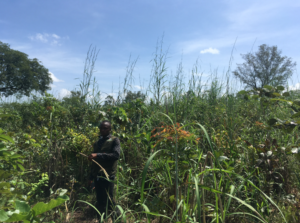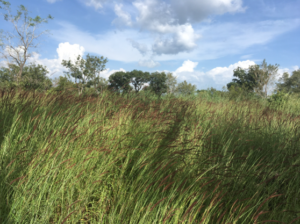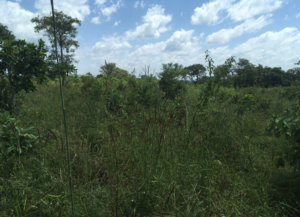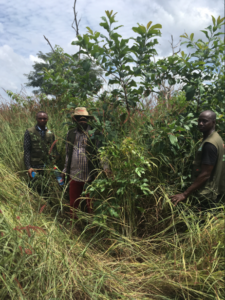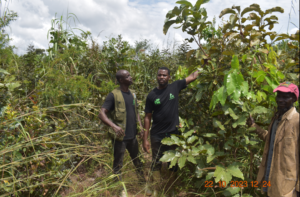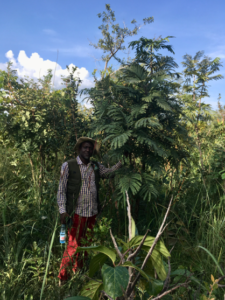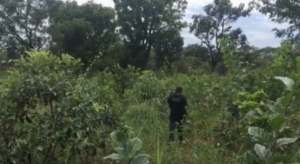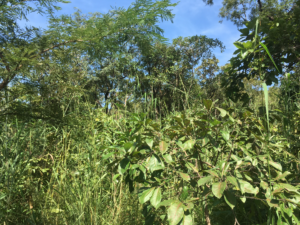Bringing together all the families in Linko’s arboRise family cooperative has several objectives:
- foster mutual trust between families
- provide a forum for exchanging best practice
- enable the families concerned to decide for themselves, without any involvement from arboRise, how the income from the carbon credits is to be distributed.
This deserves some explanation.
At the outset, some people thought that the project would somehow create competition between family plots and distribute more money to the families on whose plots the trees grow best. A form of rivalry between families and villages was then perceptible, with each criticising the others, convinced that they belonged to those who were doing well (an attitude not so different from what we see in Europe, where everyone considers themselves to be very virtuous in terms of CO2 emissions, compared with the others).
The auditor of our carbon certification standard will not be measuring the biomass of each of the 6,000 hectares that we will have reforested in 9 years’ time. He or she will measure the carbon on a representative sample. And the project’s carbon income will be calculated on the basis of this sample.
If, by chance, there are only lots with a high density of trees in the sample, everyone will be happy: the sample average will be high and all families – not just the families whose lots have been measured – will be able to receive high incomes. But if the sample includes plots whose trees have been cut down, everyone will suffer.
The average biomass measured in the sample is therefore a common good shared by all the families. All the families have an interest in helping each other to ensure that all the plots of land are in good health and that this common good bears fruit. This is why the cooperative was created: to provide a structure that facilitates this collaboration for the next 27 years. In this way, the arboRise project strengthens community solidarity (see our ethical charter). The hand that calls for help is transformed into a chain of people helping each other:
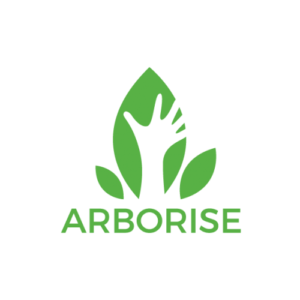



The statutes of the cooperative initiated by arboRise draw heavily on the research of Elinor Ostrom, winner of the Nobel Prize in Economics for her work on the good governance of common goods. In particular, they aim to guarantee gender parity within the Cooperative Committee, the body of the Cooperative that will propose the income distribution key to the members. Don’t hesitate to ask us for more details about the profit-sharing mechanism, if you’re interested.
Founding a co-operative means bringing together all the co-operators, 265 people in our case. Plus the representatives of the Community Management Committees in each village and other representatives of the authorities… in the end, there were more than 300 of us.
300 guests, for whom we had to provide accommodation, food, a meeting place, etc. etc. And all this in the middle of the bush.
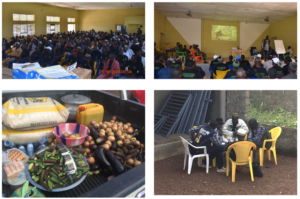

Once again, our partner GUIDRE performed this task brilliantly. The families from the most remote villages arrived the previous evening and were accommodated by families in Linko. The rural radio station was able to broadcast a round table discussion with some of the beneficiaries (photo bottom right). And everything went smoothly on the day of the inaugural meeting. It must be said that we had anticipated things well, having prepared the event with the Community Management Committees in May. A big THANK YOU to our partner GUIDRE for its professionalism and commitment.
The next step is to support the process of electing the Cooperative’s governing bodies at the next Annual General Meeting.
